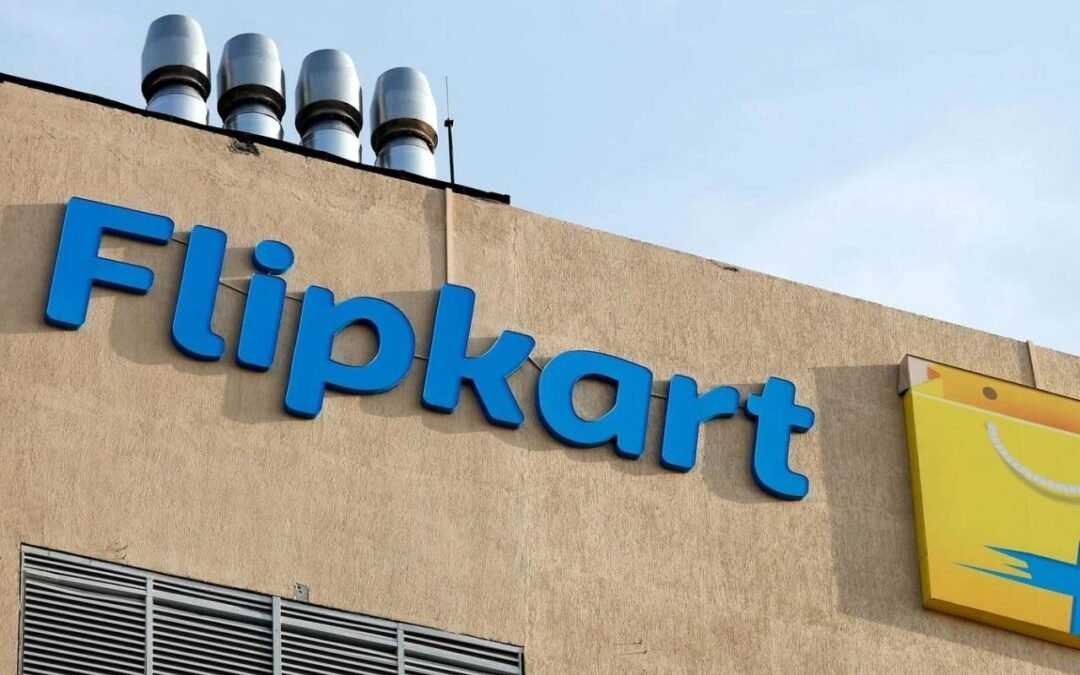Summary
- Flipkart has formally applied to the Reserve Bank of India (RBI) for an NBFC license to lend directly to consumers.
- The move positions the e-commerce platform to enter India’s fast-growing digital lending market.
- Flipkart aims to target underserved customer segments using in-house credit models and transaction data.
- The initiative reflects a broader convergence of retail and financial services in India’s digital economy.
- Regulatory approval remains a hurdle amid growing scrutiny of Big Tech’s role in financial ecosystems.
Walmart-owned Flipkart has taken a significant step toward becoming more than just an online retail giant. The Bengaluru-based company has submitted an application to the Reserve Bank of India seeking a license to operate as a Non-Banking Financial Company (NBFC), a move that would allow it to offer consumer credit directly to shoppers on its platform.
If approved, the license would mark a decisive shift in Flipkart’s business model—one that moves beyond selling goods to financing them. While the platform already offers installment-based purchase options through banking partners and third-party fintech firms, the ability to lend under its own name would give Flipkart far greater control over the customer journey, from product selection to payment.
The ambition reflects a growing trend in India and globally: e-commerce players integrating financial services to drive stickier customer relationships and unlock new revenue streams.
ALSO READ: Apple and Tata Join Forces to Revolutionize Tech Repairs in India
Using Data to Drive Credit Access
Executives familiar with Flipkart’s internal plans suggest the company will develop proprietary credit assessment models leveraging transaction histories, browsing behavior, and other platform-level data points. The aim is to extend credit to customers who may not have traditional credit scores but demonstrate consistent digital behavior and financial reliability.
“There’s a vast underserved population in India—especially in smaller towns—who are not risky, just invisible to the banking system,” said a senior Flipkart executive, who spoke on condition of anonymity. “We believe we can responsibly unlock access to credit using technology and our ecosystem data.”
The initiative arrives at a time when digital lending is both booming and under tighter regulatory oversight. In recent years, the Reserve Bank of India has taken steps to rein in unregulated lending apps, increase transparency in loan pricing, and ensure only licensed institutions are allowed to lend. Flipkart’s application underscores its intent to stay within the regulatory perimeter, even as it competes in a rapidly evolving fintech landscape.
Risks and Regulatory Realities
Flipkart’s move into consumer lending will not be without challenges. Securing a license involves meeting stringent criteria, including capital adequacy norms, compliance frameworks, and risk governance standards. Furthermore, RBI has been wary of Big Tech’s growing influence in India’s financial ecosystem—a sentiment echoed in its 2023 discussion paper on “Fintech and the Future of Financial Stability.”
“Tech companies have data and reach, but lending is not tech—it’s finance,” said Dr. Meera Raghavan, a financial systems researcher at the Indian School of Business. “The concern is whether these firms can manage credit cycles and borrower protection in a sustained way.”
Despite these concerns, analysts say Flipkart is well-positioned to enter the market responsibly. Its parent company Walmart brings global experience in financial inclusion, while Flipkart’s deep reach into India’s retail sector could provide a ready-made user base for credit products ranging from small consumer loans to working capital for sellers.
Case in Point: Lending Where Banks Don’t
The potential impact of Flipkart’s proposed lending business is perhaps best illustrated by the story of Ravi Prasad, a 27-year-old office administrator in Ranchi. In 2024, he attempted to buy a ₹45,000 laptop through EMI but was denied by every major bank due to a lack of credit history.
“I earn regularly and have shopped online for years, but no bank would lend to me,” Prasad said.
With Flipkart’s proposed credit model, customers like Prasad—who are digitally active but financially invisible—could be evaluated using alternative credit criteria, making them eligible for instant, platform-backed loans. For e-commerce players, that means greater cart conversions. For users, it means new access to credit at regulated rates, bypassing the informal lenders that still dominate many rural and semi-urban markets.



